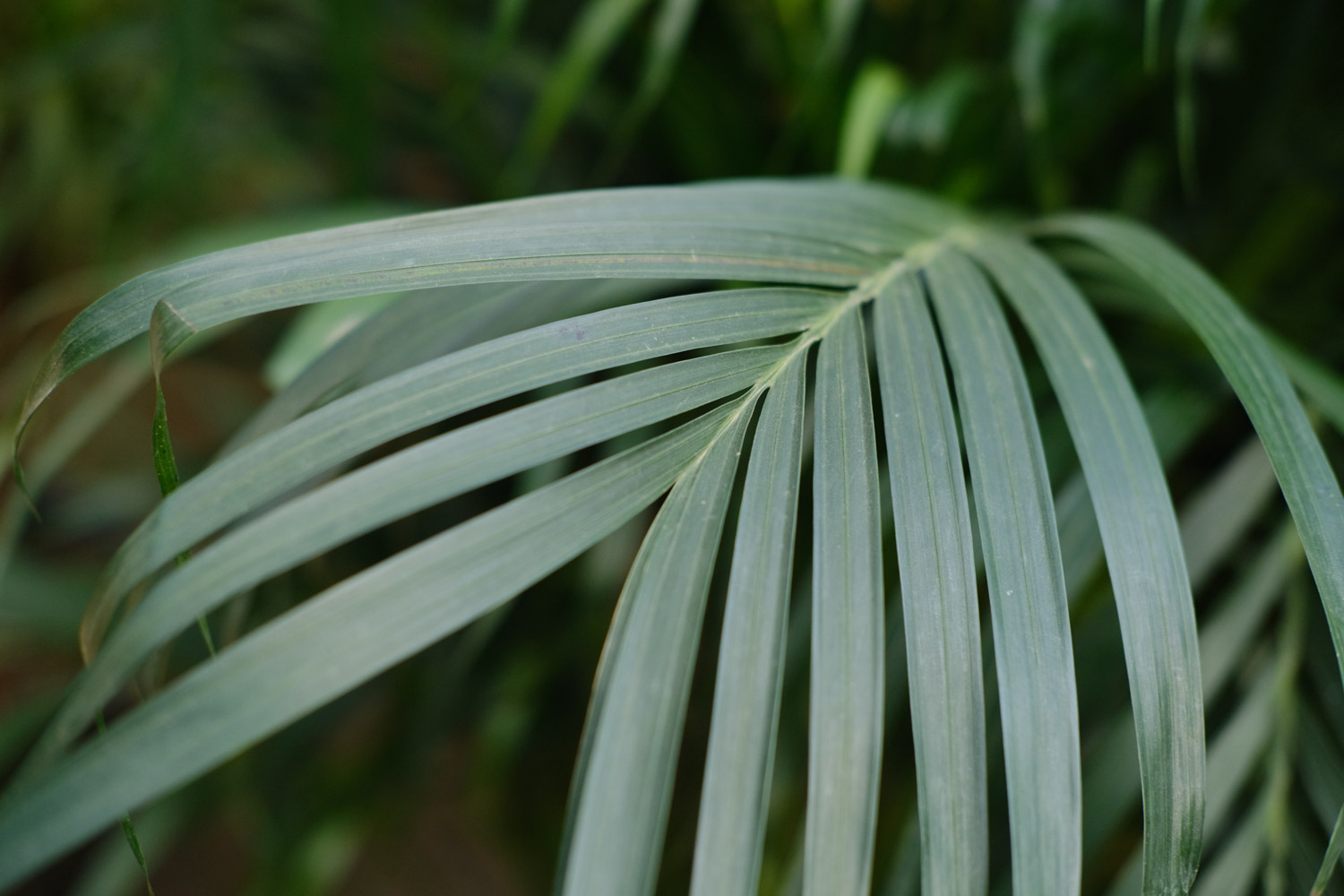1、 Transplantation time
Transplantation is sometimes a necessary step. For example, if a plant gets sick due to a disease or insect pest, the soil and pot must be replaced and needs to be transplanted. For another example, the plants need to change pots regularly. In addition to the soil, if the size of the pots is not appropriate, the pots should be replaced together. At this time, they also need to be transplanted

2、 Transplantation method
1. Prepare flower pot: select a pot of moderate size according to the specific size of the plant, so that the plant can have appropriate living space and grow well
2. Prepare the substrate: use a breathable, nutritious substrate with easy drainage. For example, peat soil, perlite and ceramsite can be prepared in a ratio of two to two to one

3. Plant off pot: after the flower pot and substrate are ready, the plant can be taken out of the original pot. Be careful not to hurt its root as much as possible in this process. Then clean up the soil at its roots. For plants infected by diseases and insects, be sure to clean up the soil without residue; For plants that simply change pots, this part of soil can be kept. After cleaning, the roots should be trimmed to cut off both old and bad roots
4. Transplantation: put part of the matrix into the basin first, with a depth of about 2-3cm. After that, put the plant into the, fill in the remaining matrix and flatten it by hand. Then pour water through it, put it in a cool place and slowly maintain it


 how many times do yo...
how many times do yo... how many planted tre...
how many planted tre... how many pine trees ...
how many pine trees ... how many pecan trees...
how many pecan trees... how many plants comp...
how many plants comp... how many plants can ...
how many plants can ... how many plants and ...
how many plants and ... how many pepper plan...
how many pepper plan...

































